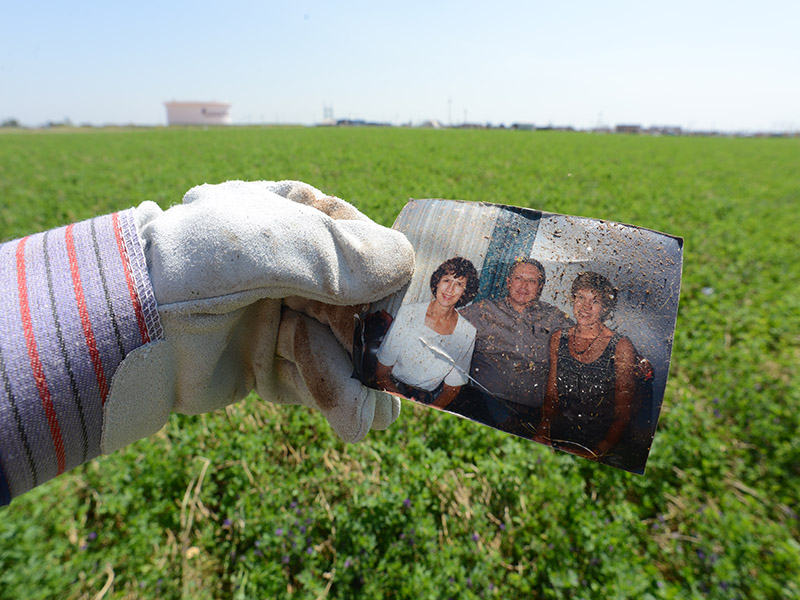Advanced Planning Vital Before Disaster Strikes

“Although we do have advanced weather advisories, we don’t have a lot of advanced warning in emergency situations. Wildfires, especially, can spark and burn out of control very quickly” said Gina Peek, interim associate dean and Oklahoma State University Extension housing and consumer specialist. “This is why it’s so important for Oklahomans to have an emergency plan in place.”
To begin work on a plan, determine how you and other family members will receive emergency alerts and warnings, where you will take shelter when necessary and what evacuation route you will take. Local news stations have weather apps available for phones that send out emergency weather information.
Next, create a plan for how family members will communicate with each other during the emergency. Make sure everyone has contact information for the rest of the family.
“As you’re planning, be sure to consider any specific needs of family members. For instance, think about the ages of everyone in the household, diets, any language and cultural or religious considerations, as well as medical concerns and disabilities,” Peek said. “It’s a good idea to have a ‘go-bag’ with necessities that easily can be grabbed on the way to a shelter.”
Finally, sit down and draft a family emergency plan. This emergency plan should incorporate a range of details such as the contact information for each person in the household, the agreed upon emergency meeting locations and other important phone numbers. Everyone in the family should receive copy of the plan and the family should set aside time to practice implementing it.
“Knowing what to do and where to go in a disaster will help calm any nerves and reduces your chances of being hurt or injured in an emergency situation,” Peek said.
The U.S. government Ready.Gov website has more information regarding disaster and emergency preparation.
